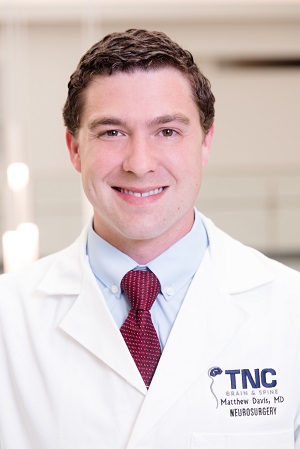Deep Brain Stimulation (DBS)
Living with a movement disorder not only impacts your health, but your daily life. Eating, drinking, writing and other activities can become difficult. When medications aren’t enough, Deep Brain Stimulation can be a solution. TMH is home to the region’s most comprehensive Movement Disorders Clinic where Dr. Matthew Davis specializes in the surgical treatment of movement disorders, like Parkinson’s, essential tremor and dystonia using cutting-edge DBS technology.
Learn more about DBS from functional neurosurgeon Dr. Matthew Davis.
Are You a Candidate?
Working with our multidisciplinary movement disorders team, patients who are potential candidates for DBS will undergo a specific testing protocol to determine their eligibility. Not all movement disorder patients are candidates for surgery. Each case is reviewed to determine whether this treatment option is beneficial.
How Does DBS work?
DBS works by delivering a continuous electrical current to a specific area of the brain that controls the area affected by the movement disorder.
Once inserted in the brain, you can turn the system on or off using a small remote, or it can be controlled by your neurologist. Your neurologist is also able to change the direction and intensity of stimulation to provide the maximal benefit and minimize any side effects. These adjustments are called “programming” the DBS system. The DBS system is placed by your neurosurgeon, while your movement disorders neurologist oversees the programming process.
DBS is used to relieve symptoms of Parkinson’s disease, essential tremor, dystonia and epilepsy. DBS is remarkably well-studied and has demonstrated excellent results with long-term effectiveness. DBS has been FDA approved for over 20 years and over 200,000 people worldwide have received DBS therapy. Because it is FDA approved, DBS surgery is covered by virtually all major health insurance plans as well as Medicare.
What to Expect
The DBS surgical procedure is a pair of procedures done a week or two apart. The first procedure inserts a small, flexible wire, or lead, into the brain – this is the electrode. This procedure is done in the M.T. Mustian Center and patients generally spend one night in the Neuro ICU before going home the next day. Most patients need little narcotic pain medication following the surgery and can use Tylenol or ibuprofen after a few days. There are very few restrictions for patients after undergoing DBS.
During the second procedure, the wire is connected to a pacemaker-like device called an Internal Pulse Generator (IPG) which is placed under the skin in the chest. The IPG contains the battery and computer system which powers the electrode for highly precise stimulation of specific brain areas. This procedure is normally performed on an outpatient basis meaning patients can go home the same day.

